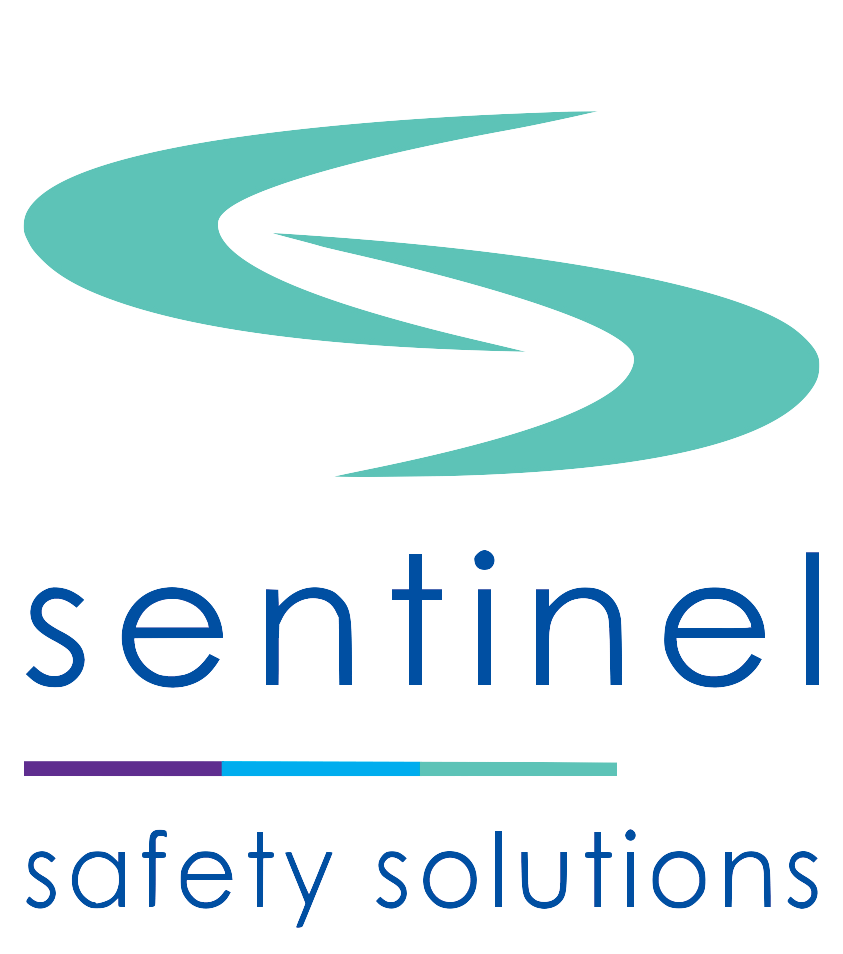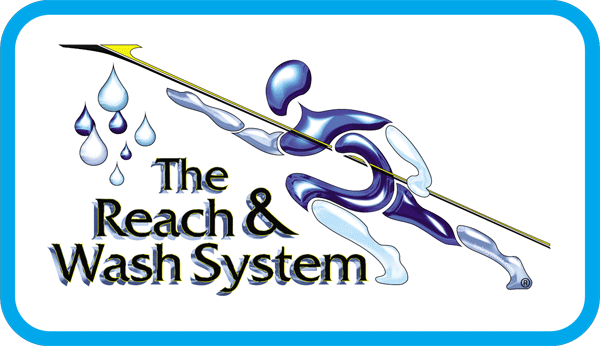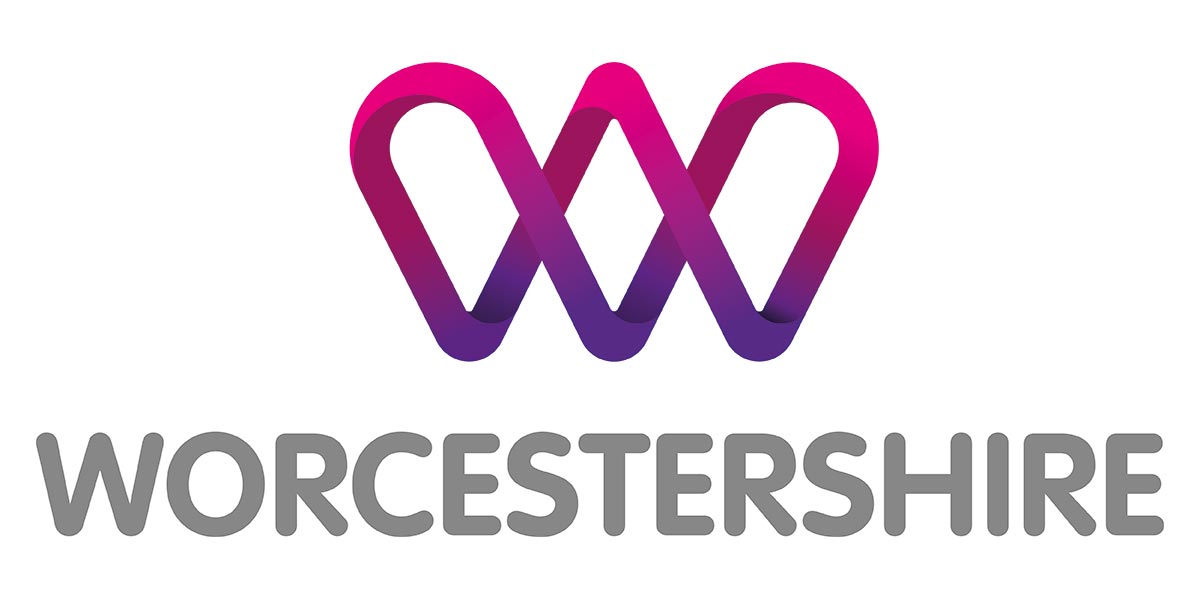The Future of the Cleaning Industry
Updated for 2022
Last May, we published an article explaining our thoughts about where the cleaning industry was heading post-pandemic. Twelve months on, we return to this subject, assessing whether our predictions were correct.
What has been the impact of the pandemic on the cleaning industry? Has the rise in hybrid working led to the death of office cleaning services? Let’s have look at the latest data to find out more.
What did our previous article say?
Just to get you caught up and in case you’ve not read our previous article, here are some of the conclusions we made:
- Revenue for the cleaning industry would fall by 5% in 2021 post-pandemic (according to IBISWorld)
- An increase in eco-friendly antiviral cleaning products
- A return to hand dryers, rather than consumables for environmentally friendly reasons
- The increase in hybrid working would result in fewer offices being filled, and so less demand for office cleaning services.
- More requests for periodic deep cleaning services
So, what has happened since? Let’s dive into some data to find out.
Search trends
Firstly, let’s aim to see what demand for commercial cleaning is out there in general, and then particularly for periodic deep cleaning services, seeing as we predicted there would be an uptick in demand post-Covid.
Generally, there tends to be a big dip in searches leading up to the Christmas period; people are winding down for a holiday and do not want to start new projects before the Festive period. But, even taking that dip into consideration, generally, there is an upwards trend since January 2022 across seed keywords. The term “seed keyword” is used to describe the main search terms users use to find a particular industry or service.
Two out of the three seed keywords we looked at could be used to find domestic or commercial cleaners (these are “cleaning company” and “cleaning services”. But the intent behind the third keyword “commercial cleaners” was specifically for the commercial cleaning sector. All three keywords have seen a steading increase in search volume since January 2022. According to the data above, “commercial cleaners” in particular, is being searched more frequently.
All of this suggests that there is an increased demand for cleaning companies and commercial cleaning companies.
How about our prediction that deep cleaning services are going to be invested in more since the pandemic? Let’s have a look at the trend data:
The search term “deep cleaning services”, which could potentially include domestic deep cleaning does not show the general trend towards increased demand that the other more general seed search terms do. There was a regular dip around the Festive period, but the trend since has been erratic. You can see that there has been a general downward trajectory between July and December in 2021, almost as restrictions were lifted people wanted that service less and less.
The increased activity around keywords connected with our industry suggests that there is more demand for our service. A recent report on the commercial market in our region by GJS Dillon revealed that this year has seen the highest industrial take-up by square foot, ever, and office renting is back up to 2018 levels. There certainly has been an uptake in commercial properties in our region; properties that all need cleaning, somehow. We will see this trickle into a slightly increased demand in commercial cleaning services over the next few months and years.
New cleaning companies 2022
Now that we can see there is still demand for our services out there, let’s have a look at how many new cleaning companies have been set up this year to determine how much our industry is growing.
Using the online register of incorporated companies available from Companies House, we investigated how many cleaning companies have been set up since September last year. These figures include all companies registered as general cleaning companies (81210).
You can see that generally, the trend is up; more and more people are seeing cleaning as a viable business and establishing cleaning companies in the UK.
So, let’s have a look at some of the challenges that could impact the cleaning industry going forward and how they might affect the future of the cleaning industry.
Interested in the commercial cleaning industry?
We have a range of resources about all aspects of our industry
The rise of hybrid working
Since the pandemic, the instances of hybrid working have increased. Those industries reliant on commercial office spaces being filled were nervous that the growth in hybrid working would have a detrimental effect on their businesses.
However, now that the Covid-19 vaccine roll-out has taken effect, more people have returned to their office buildings and places of work. In fact, the demand for office space has increased in the first quarter of 2022, according to a commercial property survey conducted by RICS. Compared with the last three months of 2021, the net balance has improved to +30% in the first quarter of 2022. That means that people are renting office spaces once again.
It seems that whilst the technology for remote working is available, not all jobs can be successfully completed in this way on a long-term basis. A recent report suggested that the proportion of a nation’s workforce who are able to work remotely permanently is directly related to how developed a nation is. The less developed a nation is, the more the economy is based on jobs that involve manual labour and the fewer the number of people who have access to a stable internet connection. As a developed nation, 33% of the UK’s workforce are able to work remotely and not have it affect productivity. Compare that to India, a developing nation, at 12%.
A third of the workforce sounds like a lot, but this does not address the issue of personal preference. Some people just don’t want to work at home full time; they have too many distractions or miss the social side of work.
The move to hybrid, flexible working has definitely been accelerated by the Pandemic, but office space is still being bought up and rented out, as people like to have the option to meet when it is helpful to do so.
It does not look like city centres are going to be devoid of workers after all. This can only be a good thing for the commercial cleaning industry.
Use of consumables
Although we have seen a significant drop in orders of antiviral hand sanitiser, we have not seen the drop in paper consumables that we predicted in our last review of our industry. Anecdotally, our experience has been that clients have continued to request paper towels rather than switch back to using more environmentally friendly hand dryers. This seems to be due to the cost of running hand driers in comparison to paper consumables.
Maybe this is an impact of the Cost of Living Crisis that we are now experiencing. How will our national drive towards a greener future be impacted by our economic struggles over the next twelve months?
Technological advances
One potential threat to our industry might be the technological improvements made to robotic cleaning products. Robot vacuums are becoming increasingly sophisticated. These devices are capable of performing a wide range of tasks, such as cleaning floors, stairs, and carpets. They also have sensors that allow them to detect objects and obstacles. Some of the top sellers include the Eufy and Vileda robot vacuum cleaners.
Google Trends shows us that there has been an increasing volume of searches related to these products. Over the last 12 months, when compared with the previous 12-month period, searches for “robot vacuum and mop” have increased by 120% with searches for the top brand increased by 50%.
This means that robot vacuums could reduce the workload for human cleaners. This could potentially have a slightly negative effect on the cleaning industry. Although human cleaners would still be needed for above-ground-level work and waste removal, office robot vacuum cleaners could reduce the hours required for a scheduled cleaning and therefore reduce the income generated by each client.
Although, cleaning companies may find that with hours reduced, each staff member can be available for more clients. A company with a good enquiry rate may find that robots do not negatively impact their business at all!
More demand, more competition
So, where does that put us midway through 2022?
In terms of demand for cleaning in general and commercial cleaning in particular, the trend is a steady increase in demand. Hybrid, flexible working is on the increase, but there is still a high demand for commercial space and professional cleaning services to clean them.
But, there are an increasing number of cleaning companies being set up. More companies mean increased competition. Those of us who own businesses will need to make sure that we are investing in developing competitive brands.
Deep cleaning demand has dropped, as companies drift back into “normal” working patterns.
The is also the potential of using technology strategically in the future to help businesses scale.
It seems that most of our predictions have not come to much. As we saw throughout the Pandemic, so much cannot be predicted accurately. All we can do is respond as best we can to the challenges that we face, whilst ensuring we continue to deliver an outstanding service to our Clients.



